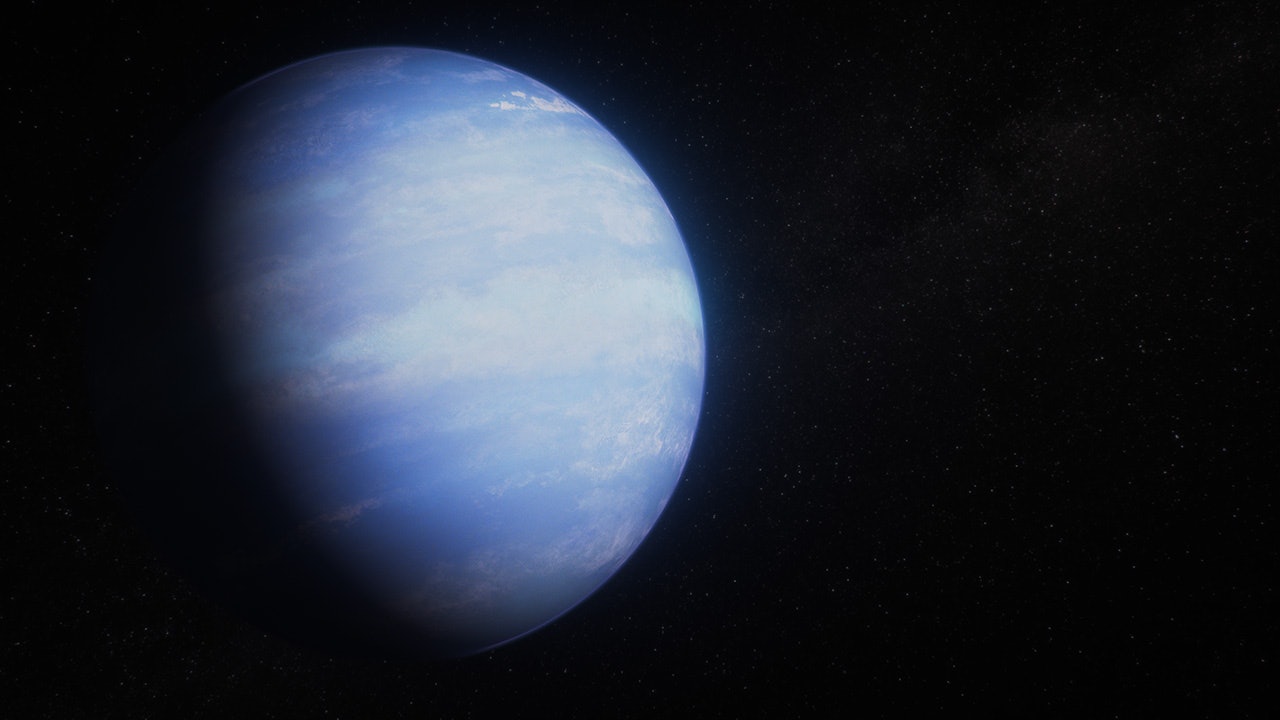
Two iconic space telescopes have shed light on why a planet dwelling around another star is “puffy.”
This exoplanet, called WASP-107 b, is giant and full of gas. But, it’s strange. According to a Monday announcement from NASA, this body has 80 percent the volume of Jupiter, but less than 10 percent of its mass.
Using the James Webb Space Telescope (JWST) and the Hubble Space Telescope, astronomers could study the exoplanet’s inflated body in a fresh way.
Why so puffy?
Astronomers can learn a lot about what exoplanets are made of without having to personally go there. Scientists use a special technique, called spectroscopy, to analyze the light that comes off the surface of these exoplanets. “Different materials emit and interact with different wavelengths (colors) of light in different ways,” explain JWST officials. Then, they interpret their compositions from this data. JWST and Hubble carry instruments to do just that.

Spectroscopy revealed WASP 107-b had very little methane in its atmosphere. This tells astronomers that the exoplanet is hot. Methane is unstable at high temperatures.
This seemed to run counter to another trait of this world. Although it orbits its star very close, which the NASA announcement described as “one-seventh the distance between Mercury and the Sun,” it receives very little heat from it. The star is cool and small.
The second big finding was that its core is more massive than previously estimated. Heavier elements separate from lighter elements, so learning their ratio in WASP-107 b reveals clues about the exoplanet’s mass and the size of its center.
The new details about its core means it more closely resembles Neptune, giving astronomers a relatable analog to better understand, among many things, how it came to be.
Heat causes matter to expand, while cold contracts. The surprising heat of the exoplanet is what drives the puffiness. Rather than getting the heat from the star’s radiation, astronomers suspect that the culprit is the exoplanet’s elliptical orbit. It’s sometimes closer to its parent star, sometimes farther away. “With the distance between the star and planet changing continuously over the 5.7-day orbit, the gravitational pull is also changing, stretching the planet and heating it up,” according to NASA.
Now, one of the least dense exoplanets known, located 210 light-years from Earth in the constellation Virgo, is a little less mysterious thanks to telescopic creativity.







